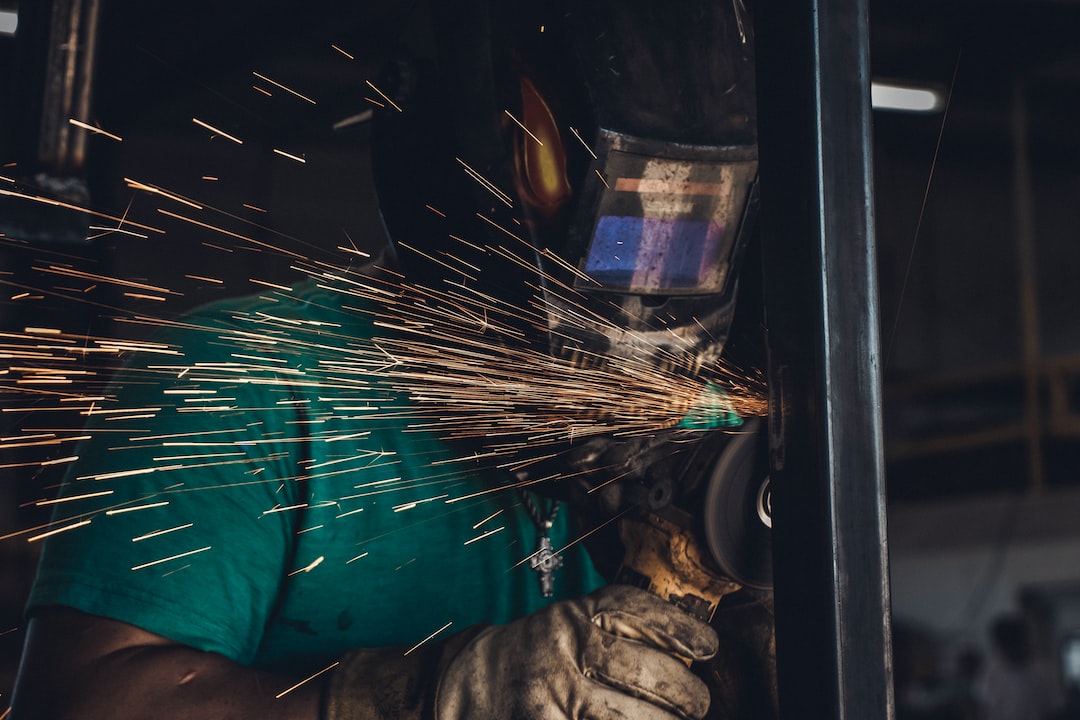The advent of technology and the rapid advancement of robotics have changed the landscape of manufacturing industries. With the introduction of automation and autonomous machines, the debate over robotics versus human labor in manufacturing has gained significant attention. While proponents argue that robots are more efficient and cost-effective, critics raise concerns about job loss and the impact on the overall economy. Finding the right balance between robotics and human labor in manufacturing is crucial for the industry’s sustainable growth.
Robots have revolutionized the manufacturing sector by carrying out repetitive, dangerous, and labor-intensive tasks with precision and consistency. They can perform precise measurements, handle heavy loads, and work tirelessly without any need for breaks. These qualities make them highly desirable for manufacturers looking to increase productivity and reduce costs. Robots can work round the clock, leading to a significant reduction in production time and ultimately resulting in higher output.
However, the introduction of robotics in manufacturing has raised concerns about job displacement. Many fear that the rise of automation will lead to a massive loss of jobs and increased unemployment. While it is true that some jobs may become obsolete, it is important to note that the use of robots also creates new opportunities. Manufacturers can retrain their workforce to develop new skills and take up roles that require human creativity, problem-solving, and critical thinking.
Moreover, the use of robots in manufacturing can actually enhance job satisfaction and safety for workers. Instead of performing repetitive and mundane tasks, employees can be upskilled to operate and maintain the robots. This not only improves their job prospects but also reduces the risk of injuries associated with dangerous manufacturing processes. By delegating physically intensive tasks to robots, employees can focus on more intellectually stimulating and fulfilling work.
Additionally, robotics in manufacturing can also have a positive impact on the overall economy. As manufacturers increase their production outputs with the help of robots, they can meet the growing demands of customers both locally and globally. This leads to increased revenue and profit, which can then be reinvested in research and development, new product lines, and expanding operations. The trickle-down effect of a thriving manufacturing industry can create new job opportunities and boost economic growth.
However, striking the right balance between robotics and human labor is essential for the sustainability of the manufacturing sector. Overdependence on robotics can lead to de-skilling of the workforce, causing a shortage of human expertise. It is crucial to remember that robots are only as effective as the programmers and engineers who design and operate them. Human labor brings a unique set of skills, adaptability, and creativity that cannot be replicated by machines.
Manufacturers need to invest in training and upskilling programs to ensure that the existing workforce can adapt to evolving technologies and work alongside robots. Collaboration between humans and machines can lead to greater efficiency, higher quality products, and increased innovation. By finding the right balance, manufacturers can harness the benefits of automation while still valuing the contributions of human labor.
In conclusion, the debate about robotics versus human labor in manufacturing is complex and multifaceted. While there are undeniable advantages to the use of robotics, it is crucial to find the right balance for sustainable growth. Investing in the training and upskilling of the workforce, promoting collaboration between humans and machines, and creating new job opportunities are key to achieving this balance. By embracing technology while still valuing human expertise, the manufacturing industry can thrive and contribute to economic growth and job creation.
